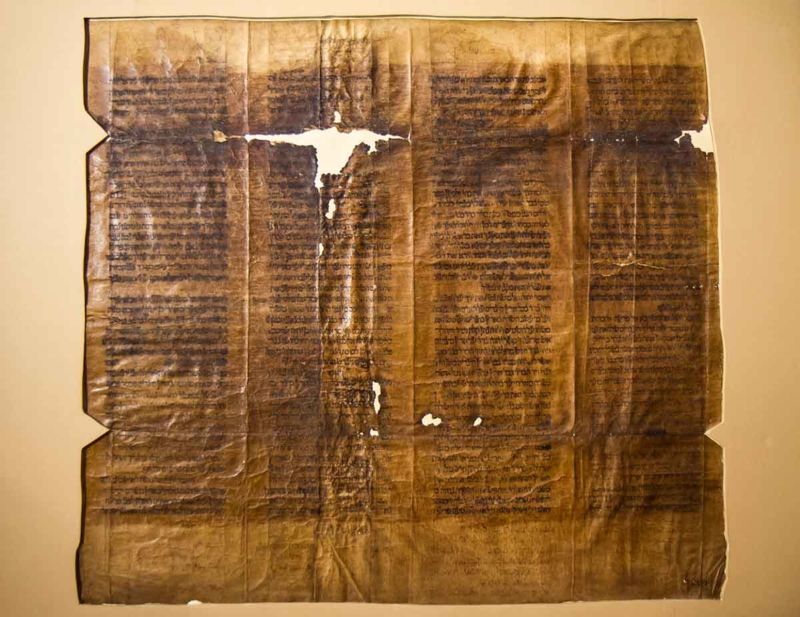In the Ebro valley of La Rioja, Calahorra preserves one of medieval Castile’s most documented Jewish communities. Archival records trace Jewish presence here as early as the 11th century, with nearly 500 residents—about 15 percent of the town—by the late 1200s. Far from marginal, the aljama invested in the city’s economy: in 1320, it contributed 750 maravedíes to river mills on the Ebro, a stake that placed the community at the heart of Calahorra’s growth.
The Jewish quarter clustered around the Rasillo de San Francisco, within a walled precinct near today’s church of San Francisco and the old castle. Entry was through the Puerta de la Judería, at the junction of Cabezo, Sastres, and Deán Palacios. Synagogue, baths, butcher, ovens, and cemetery formed a self-contained urban fabric. Though few structures remain, municipal heritage maps outline the quarter’s limits, offering visitors a chance to walk its perimeter and imagine its rhythms.
In 1929, cathedral canons Fernando Bujanda and Julián Cantera discovered a parchment fragment of a Torah scroll reused as covers for 15thcentury chapter act books. Measuring 1.49 meters long by 64 centimeters wide, the fragment contains nine columns of text from Exodus 4:18–11:10, narrating God’s command to Moses to lead Israel out of Egypt. Each column is formed by 43 lines, with margins and spacing consistent with standard Sifrei Torá worldwide.
The scroll is believed to date from the 13th century and to have belonged to Calahorra’s own synagogue, where Rabbi Abraham ben Ezra died in 1167. After the expulsion of 1492, the synagogue was converted into the convent of San Francisco, today housing the museum of processional steps. The Torah fragment now resides in the cloister of the Cathedral of Santa María, within the Museo Diocesano.
This discovery makes Calahorra unique among Spanish towns: not only does it preserve documentary evidence of its Jewish community, but it also holds a liturgical Hebrew manuscript directly tied to its medieval aljama. Alongside civil contracts of real estate and trade written in Hebrew characters, the fragment underscores the community’s integration into civic life and its enduring cultural imprint.
 Demography and Status: A Leading Aljama in La Rioja
Demography and Status: A Leading Aljama in La RiojaFrom the 13th to 15th centuries, Calahorra ranked as La Rioja’s most important aljama, surpassing Haro. In the 1474 tax repartimiento, Calahorra contributed 3,000 maravedíes—more than Haro’s 2,500—despite the pressures of civil war and discriminatory legislation like the Leyes de Ayllón of 1412. The figures chart both resilience and mounting strain before the expulsion of 1492.
Street‑Level Recommendations: What to See Today
- Rasillo de San Francisco & Sastres–Cabezo–Murallas: Walk the perimeter to read the quarter’s topography; look for interpretive signage and use the municipal page as a field map.
- Cathedral Museum: Request information on the Torah fragments (Exodus section); even if not on permanent display, staff can confirm provenance and conservation notes.
- Puerta de la Judería junction: Stand at the historic gateway where traffic filtered into the quarter; compare modern urban fabric with medieval descriptions.
Hidden Research Angles for Travelers
- Mill funding (1320): The 750‑maravedí stake is a rare quantified collaboration case; pair the note with Ebro hydraulics and ask the local archive for any mill accounts or subsequent repairs.
- Museum manuscripts: Inquire about Hebrew‑language real estate contracts (13th–14th c.) cited by cultural guides—use them to reconstruct professions (real estate, viticulture, trade).
Calahorra’s Jewish quarter may have lost its physical structures, but its memory survives in parchment, contracts, and the city’s streets. For travelers, the walk through Rasillo de San Francisco or the Puerta de la Judería is not just a stroll through medieval topography — it is a journey into resilience and adaptation.
As part of the Red de Juderías de España, Calahorra offers a quieter but deeply documented voice. Its Torah fragment, synagogue-turned-monastery, and archival records invite reflection on how communities thrive, are displaced, and remembered. To visit Calahorra is to step into a layered narrative where history is not only read in stone but also in ink, parchment, and the living memory of a city.









